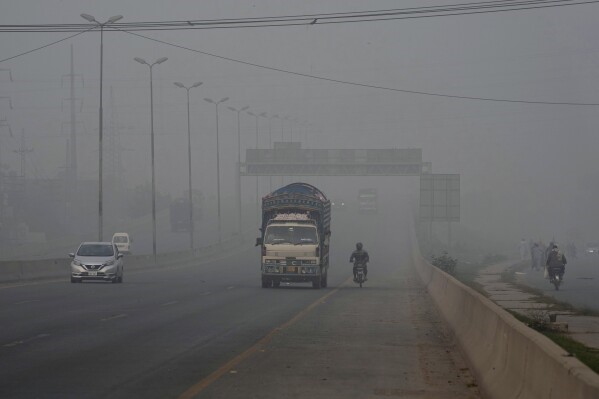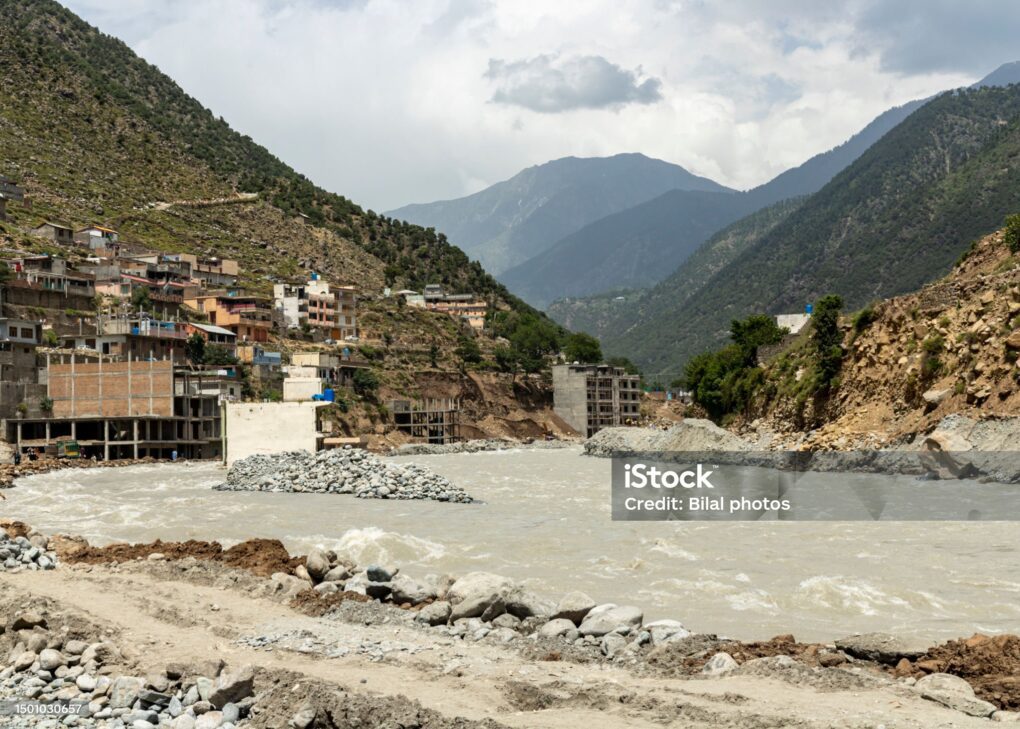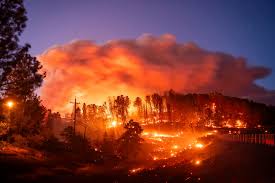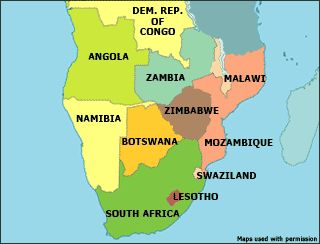Smog is a worldwide phenomenon. Many big and famous cities of the world are regularly hit by the smog every year. Pakistan is also one of those countries which are severely impacted by the smog. Globally around 7 million people die from air pollution every year (WHO). 9 out of 10 people breathe air that exceeds WHO guideline limits for pollutants, with low-and middle-income countries suffering the most, including Pakistan (Tariq, M. 2022).
Smog is a mixture of smoke, gases, and chemicals, especially in cities, that makes the atmosphere difficult to breathe and harmful for health. It is a form of air pollution that may come from different sources such as smoke emitting residential combustion devices, motor vehicles, industrial facilities and forest fires.

In Pakistan the smog problem surfaces during the winter season, especially in the Punjab and KPK provinces. Major cities of the Punjab such as Lahore, Faisalabad and Gujranwala face the worsening issue of smog which returns every winter with a greater intensity. Major contributing factors are immense traffic pollution, crop stubble burning, brick kilns and industrial units. The smog in Pakistan is of photochemical type which forms when sunlight combines with nitrogen oxides and at least one volatile organic compound (VOC) in the atmosphere (Tariq, M. 2022).

Smog causes many problems such as health problems, disruption of economic activities, disruption of social life and so on. Major health issues including lungs, eyes, skin, and heart problems have been associated with air pollution/smog. Economic activities such as agriculture, electric power supply, industry, and commercial/business activities are hampered by smog. Disruption in air, rail, and road traffic due to poor visibility hampers the social, educational, and economic activities.
This year the smog problem has resurfaced in the Punjab province again, officials said Thursday. The Punjab government says smog is so bad in 10 of the province’s districts that wearing a mask is now mandatory in those areas whenever stepping outside. The districts affected by the mandate are: Lahore, Nankana Sahib, Sheikhupura, Kasur, Gujranwala, Gujrat, Narowal, Hafizabad, Sialkot and Mandi Bahauddin.
In an article in Human Rights Watch website, Saroop Ijaz, Senior Councel quotes that air pollution leads to at least 128,000 deaths in Pakistan every year; the real number is likely higher. He further adds that air pollution in Pakistan shortens average life expectancy by 3.9 years. Lahore is worst affected, with air pollution cutting life expectancy by 7 years.
‘Under international human rights law, Pakistani authorities have an obligation to protect their citizens rights to health and life. With respect to air pollution this means monitoring air quality and putting in place measures to protect those most at risk when pollutant levels are high. The government should introduce regulations to limit air pollution, enforce rigorous air quality standards, transition away from fossil fuels, and develop more green spaces for urban communities’, adds Mr. Ijaz.
On January 3rd, 2024 Lahore was number one most polluted city in the world, while Karachi was at number 7. Most of the motorways in the country remained closed due to dense fog/smog. Similarly some 42 flights were cancelled at Islamabad airport in two days. As of 4th January, 24 flights were cancelled in the country and more than 100 flights have been rescheduled, while most of the motorways also remained closed due to fog/smog.

Lahore again recorded as the most polluted city in the world on 12th March with a score of 274.





Leave a Reply